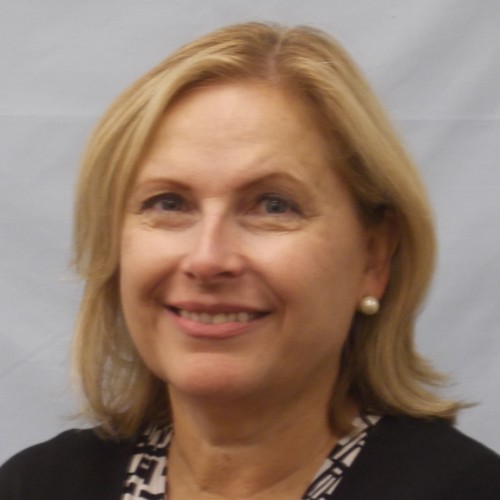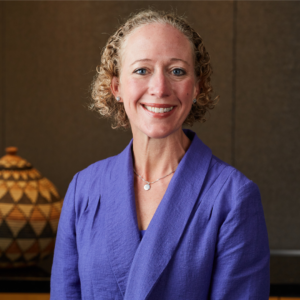One-year look-back: Assessing 2012’s Final Rule and its impact on providers
The Centers for Medicare & Medicaid Services’ (CMS’) skilled nursing facility 2012 Final Rule has had a huge impact on SNFs that were still adjusting to the transition to MDS 3.0 the previous year. Providers attending the 63rd Annual American Health Care Association/National Center for Assisted Living (AHCA/NCAL) Convention & Expo today in Tampa, Fla., gained a greater understanding of the impact of these changes in a session that explored changes in therapy delivery and resident outcomes.
“There’s a notion of being ‘stuck’ with the changes of the past year,” said Cheryl Field, vice president, Healthcare, PointRight, Inc., a session presenter. “What did we learn? CMS says we’re overproviding (referring to the increased use of higher RUG categories and resulting payment increases) but are we just trying to figure it all out?
“CMS offered clarifications in March, but they’re lengthy and complicated.”
The rule modifies the MDS assessment windows and grace days to minimize duplication and overlap in observation periods between assessments. As a result of ARD (assessment reference date) modifications most facilities saw a small increase in total assessment volume. Provider confusion results when the ARD for an unscheduled PPS assessment falls within the ARD window (including grace days) of a scheduled PPS assessment, and the scheduled assessment has not yet been completed, resulting in the assessment being combined.
Field and co-presenter Lori Brunholtz, director, BKD, LLP Health Care Group, identified operational strategies for successful management and prediction of future reimbursement in FY 2013:
1. Re-evaluate your care model. A resident’s clinical needs are as important as therapy needs. Monitor and train ADLs (activities of daily living). Capture depression for clinical RUG categories. Understand the hierarchy of all RUG rates and consider built-in cost of therapy when selecting a RUG category.
2. Manage delivery of care from admit to discharge. Work as an interdisciplinary team. Do pre-assessment screening. Evaluate all a resident’s needs. Compare all potential RUG categories. Develop clinical pathways and set ARDs for most benefit.
3. Partner with your therapy provider. Make sure they are “on board.” Negotiate adequate payment for therapy services, even in non-rehab categories.
4. Manage expectations of staff, physicians and family.

Patricia Sheehan was Editor in Chief of I Advance Senior Care / Long Term Living from 2010-2013. She is now manager, communications at Nestlé USA.
Related Articles
Topics: Articles , Facility management , Regulatory Compliance










